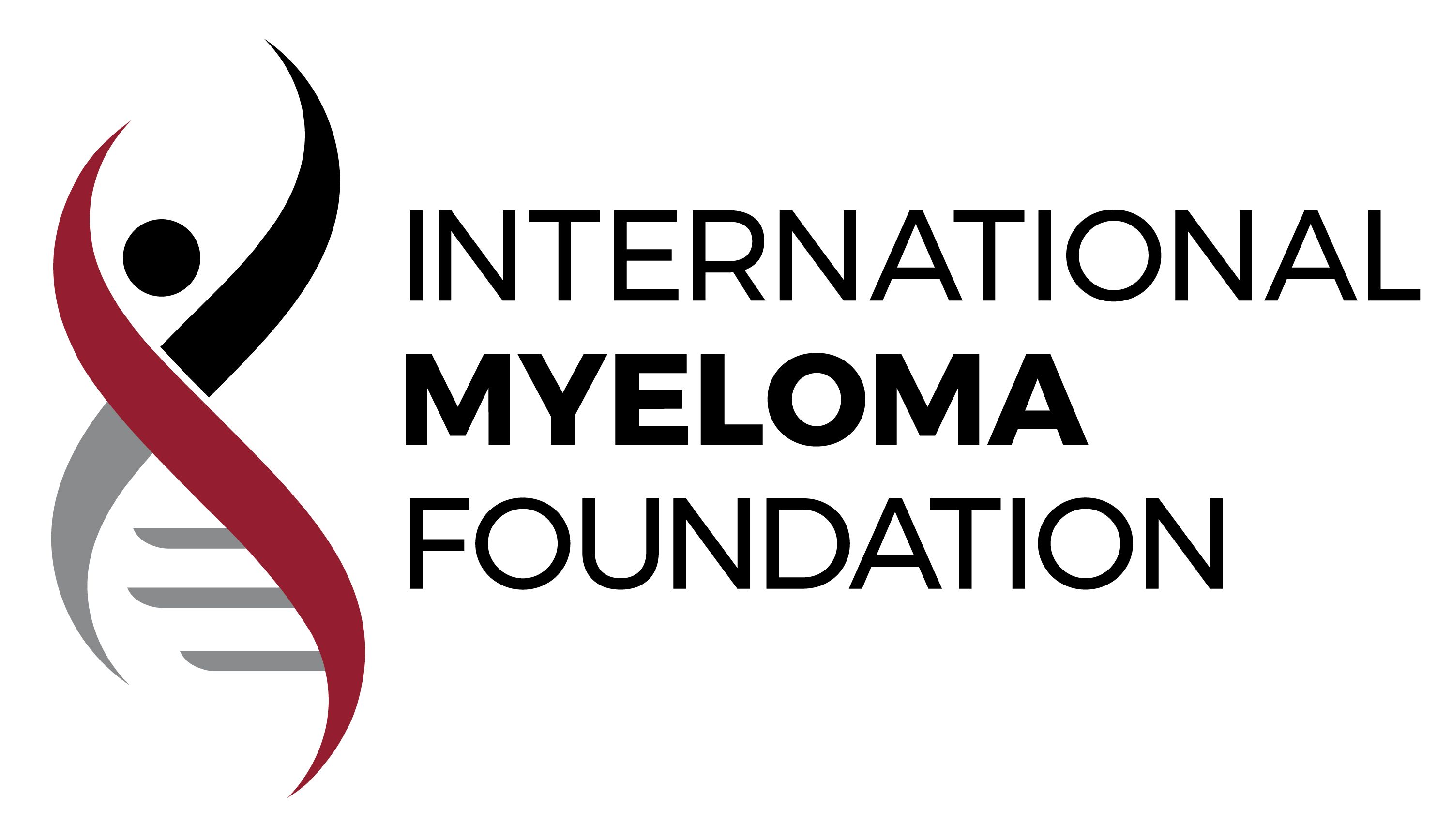- About Us
- Advertise / Support
- Editorial Board
- Contact Us
- CancerNetwork.com
- TargetedOnc.com
- OncLive.com
- OncNursingNews.com
- Terms & Conditions
- Privacy
- Do Not Sell My Information
- Washington My Health My Data
© 2025 MJH Life Sciences™ and CURE - Oncology & Cancer News for Patients & Caregivers. All rights reserved.
An Expert Overview of Stem Cell Mobilization in Myeloma

Rylan DeStefano is an assistant editor working for CURE®, and has been with MJH Life Sciences since June of 2023. Rylan is a graduate from Muhlenberg College. When she’s not writing, Rylan loves to read, travel and spend time with family and friends.
An expert sat down with CURE® and discussed how stem cells are collected before a patient with myeloma undergoes a stem cell transplant.
A stem cell transplant is one of the most efficient tools to treat multiple myeloma, a cancer that originates in the plasma that builds up within the bone marrow, according to expert Dr. Joseph Mikhael, professor in the Applied Cancer Research and Drug Discovery Division at the Translational Genomics Research Institute (TGen), an affiliate of City of Hope Cancer Center, and is also the Chief Medical Officer of the International Myeloma Foundation.
“We collect a patient's stem cells and then give them high dose chemotherapy then restore their stem cells to grow a new marrow because that chemotherapy not only affects the myeloma but affects their own inherent marrow. And to do that, we've tried over many, many years different types of therapies for mobilization. Mobilization is the phrase (where we) will encourage those stem cells to leave the bone marrow so that they can circulate in the blood and we can collect them off a machine called an apheresis machine, which functions much like dialysis like machine,” explained Mikhael.
The new advancement of G-CSF (granulocyte-colony stimulating factor), a factor that duplicates the production of white cells, which pushes negative stem cells out of the body. Adding a new agent to G-CSF, Aphexda (motixafortide), makes treatment even more beneficial, as both drugs worked to collect more stem cells in a shorter period of time compared to GC-SF alone.
Transcript:
One of the things that we know is a very important tool in multiple myeloma is a target stem cell transplants, where we collect a patient's stem cells and then give them high-dose chemotherapy then restore their stem cells to grow a new marrow, because that chemotherapy not only affects the myeloma, but affects their own inherent marrow.
And to do that, we've tried over many, many years different types of therapies for mobilization. Mobilization is the phrase, of course, we use to, if you will encourage those stem cells to leave the bone marrow so that they can circulate in the blood and we can collect them off a machine called an apheresis machine, which functions much like dialysis like machine.
Back in the days when I was in training, we did we did harvests by actually doing bone marrows in the operating room on patients directly out of their bone marrow, we almost never do that anymore. Now we can, with the use of novel treatments, mobilize those stem cells as it were out of the bone marrow and into the peripheral blood.
For more news on cancer updates, research and education, don’t forget to subscribe to CURE®’s newsletters here.
Related Content:




